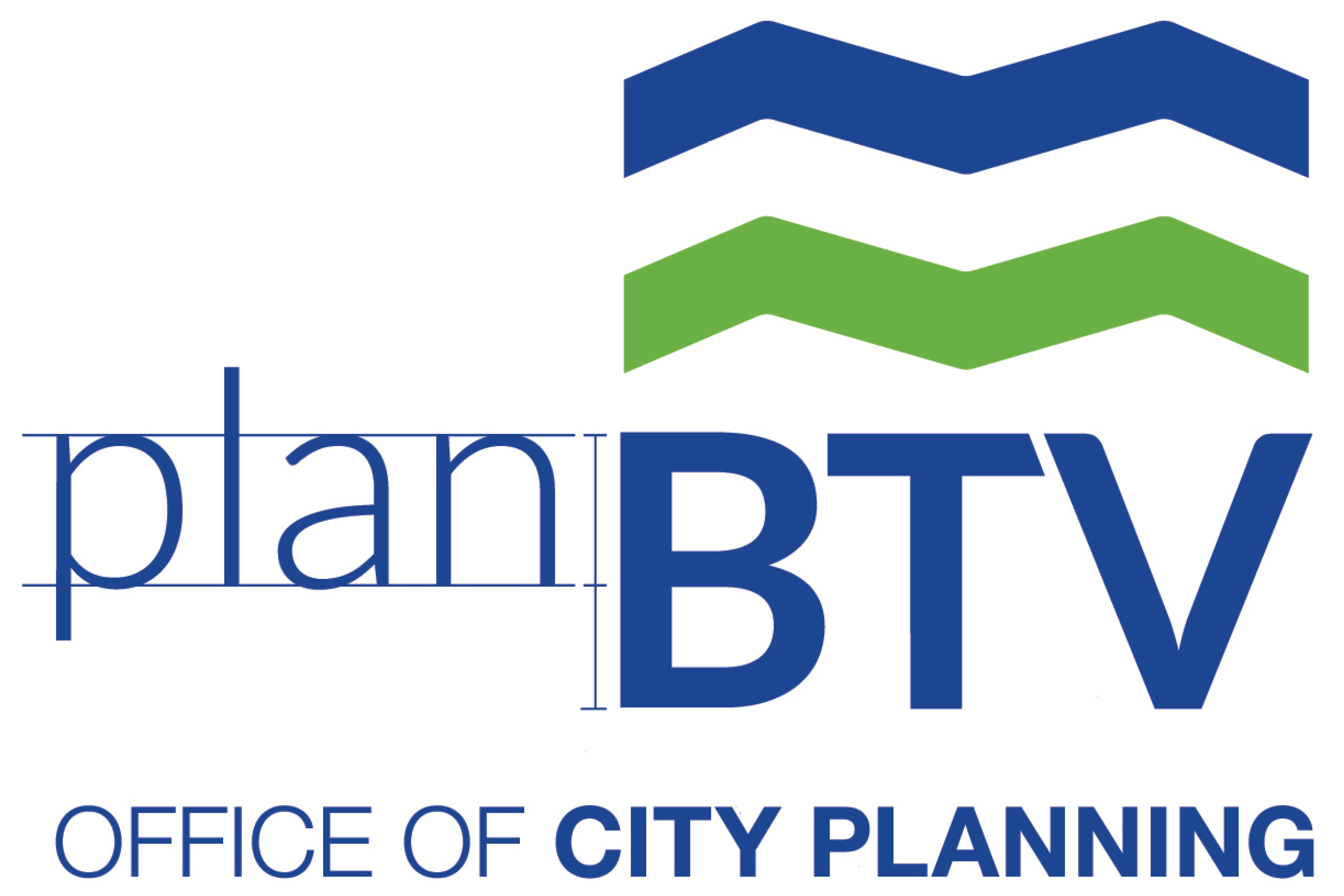City Financials
The following dashboards display a few data points relating to City of Burlington financials and general economic health. In the coming months, the BTVstat team will be working to restore other dashboards and create new visuals with City data. If you have ideas or suggestions, please send them along to btvstat@burlingtonvt.gov .
Sales Tax Revenue Sources
The City of Burlington recieves revenure from a local option tax on retail sales, exclusive of clothing and food. In 2006, Burlington residents voted to levy the following 1% local option taxes in addition to state business taxes for retail sales. The City also raises revenue through the "meals and rooms" tax, which is a tax on prepared food, alcohol and hotel rooms. These revenue streams make up around 7% of the the City's total General Fund revenue.
The Vermont Department of Taxes publishes data on overall sales by municipality on a monthly and quarterly basis. This data gives this City an insight into both the expected revenue and the health of the city's economy.
City Credit Rating
Credit ratings provide an independent measure of an entity's creditworthiness and fiscal health. The City's overall rating and the ratings of Burlington Electric Department, Burlington International Airport, and Burlington's Water Utility are all important indicators of the City's financial health. Higher credit ratings typically result in lower borrowing costs for City bonds and thereby lowers costs to tax and ratepayers. Since March 2016, the credit ratings for the City, the Electric Department, and the Airport have all been upgraded or seen the outlook change to positive by Moody's Investors Services.
Livable Wage
In November of 2001, the City Council enacted the Livable Wage Ordinance with the intention to provide a minimum level of compensation for city employees and employees of entities that enter into service contracts or receive financial assistance from the City of Burlington. Annually in May the livable wage is re-calculated and becomes effective on July 1 of that same year.
